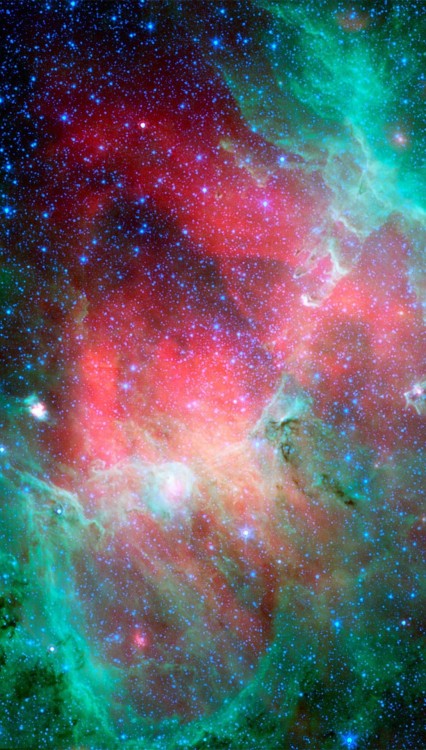#crab nebula
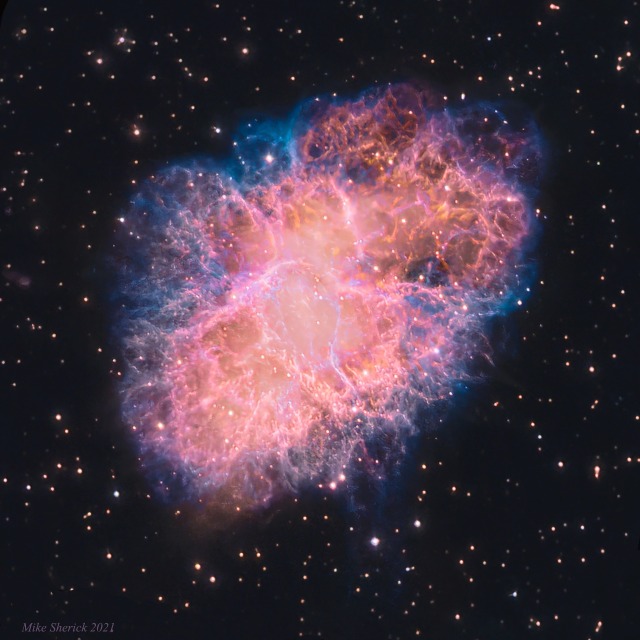
The Crab Nebula is cataloged as M1, the first object on Charles Messier’s famous 18th century list of things which are not comets. In fact, the Crab is now known to be a supernova remnant, debris from the death explosion of a massive star, witnessed by astronomers in the year 1054. This sharp, ground-based telescopic view combines broadband color data with narrowband data that tracks the emissions from ionized sulfur, hydrogen, and oxygen atoms to explore the tangled filaments within the still expanding cloud. One of the most exotic objects known to modern astronomers, the Crab Pulsar, a neutron star spinning 30 times a second, is visible as a bright spot near the nebula’s center. Like a cosmic dynamo, this collapsed remnant of the stellar core powers the Crab’s emission across the electromagnetic spectrum. Spanning about 12 light-years, the Crab Nebula is a mere 6,500 light-years away in the constellation Taurus.
Image Credit & Copyright: Michael Sherick
TheCrab Nebula is a supernova remnant and pulsar wind nebula found in the constellation of Taurus. At it’s center lies a neutron star 28-30km across, that emits radiation from gamma rays to radio waves. It is not visible to the naked eye, but can be seen using a telescope or binoculars.
Post link
apod:
2022 March 4
The Multiwavelength Crab
NASA,ESA,G. Dubner (IAFE, CONICET-University of Buenos Aires) et al.;
A. Loll et al.; T. Temim et al.; F. Seward et al.; VLA/NRAO/AUI/NSF; Chandra/CXC;
Spitzer/JPL-Caltech; XMM-Newton/ESA; Hubble/STScIExplanation: The Crab Nebula is cataloged as M1, the first object on Charles Messier’s famous list of things which are not comets. In fact, the Crab is now known to be a supernova remnant, expanding debris from massive star’s death explosion, witnessed on planet Earth in 1054 AD. This brave new image offers a 21st century view of the Crab Nebula by presenting image data from across the electromagnetic spectrum as wavelengths of visible light. From space, Chandra(X-ray)XMM-Newton(ultraviolet),Hubble (visible), and Spitzer (infrared), data are in purple, blue, green, and yellow hues. From the ground, Very Large Array radio wavelength data is shown in red. One of the most exotic objects known to modern astronomers, the Crab Pulsar, a neutron star spinning 30 times a second, is the bright spot near picture center. Like a cosmic dynamo, this collapsed remnant of the stellar core powers the Crab’s emission across the electromagnetic spectrum. Spanning about 12 light-years, the Crab Nebula is 6,500 light-years away in the constellation Taurus.
∞ Source: apod.nasa.gov/apod/ap220304.html
Post link
This is the Crab Nebula!
This seemingly inert supernova remnant emits 75,000 times more energy than the Sun. Despite the neutron star in its center having a small diameter of 18 miles, it has a mass of 1.5 times the Sun!
Taken by me (Michelle Park) using the Slooh Canary One telescope on January 5th, 2022 at 21:12 UTC.
Post link


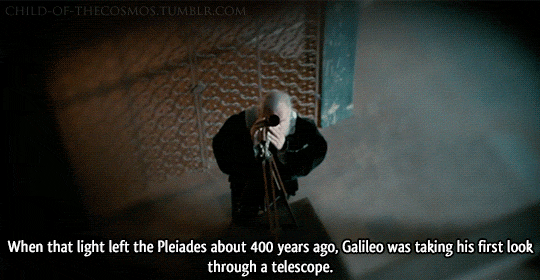
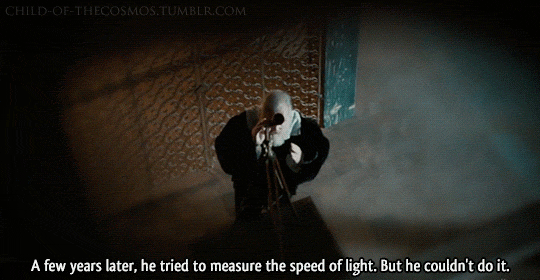


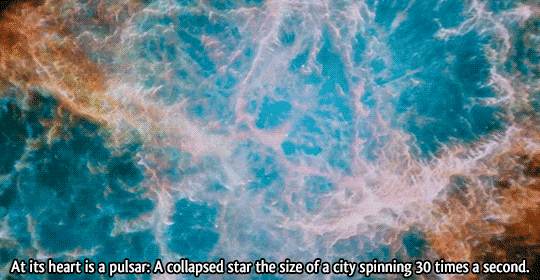

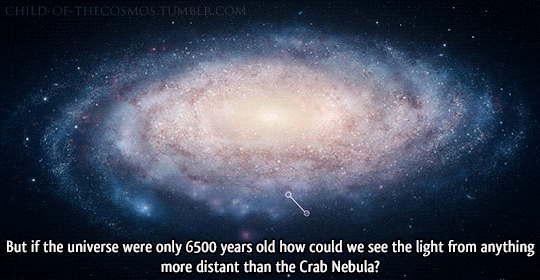
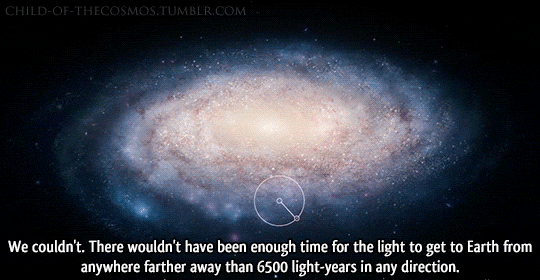


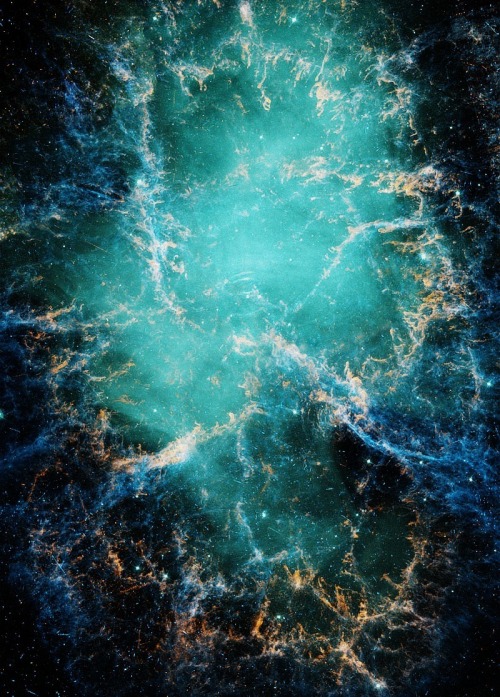



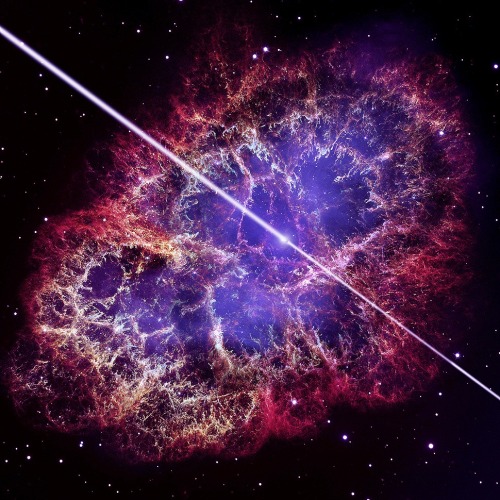
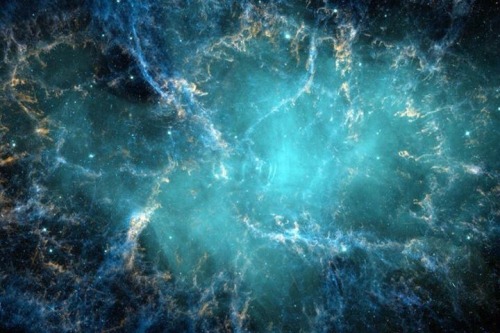


![M1 [NGC 1952] Crab Nebula Supernova Remnant M1 [NGC 1952] Crab Nebula Supernova Remnant](https://64.media.tumblr.com/572b904e38ee494b0ab7ba124796ccad/fd963e827c975566-9d/s500x750/79b96587277c38f2fde88f6948b64ca1434f9ddc.jpg)

